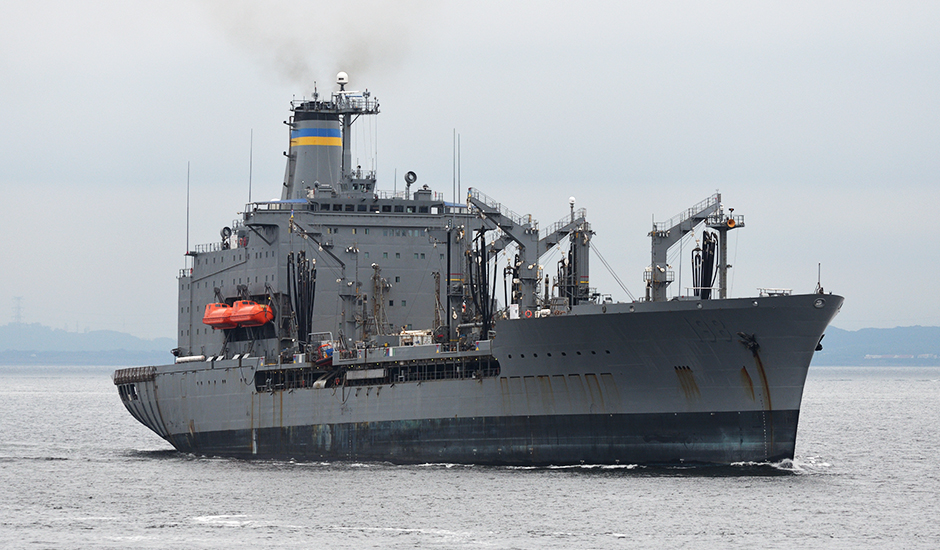Inmarsat and SpaceX Announce Successful Launch of World’s Most Advanced Satellite
Inmarsat’s latest I-6 F2 satellite successfully launched 17 February from SpaceX’s launch pad SLC-40 at Cape Canaveral Space Force Station.
Inmarsat, a world leader in global, mobile satellite communications, has announced the successful launch of its latest I-6 F2 spacecraft from the Cape Canaveral Space Force Station aboard a reusable SpaceX Falcon 9 rocket.
The launch saw I-6 F2 lift off from Cape Canaveral, Florida, reaching a top speed of almost 40,000km/h as it left Earth above central Africa. The satellite will now spend several months travelling to its geostationary orbit, 36,000km above the Equator, using its onboard electric propulsion system. It is scheduled to connect its first customers in 2024, following rigorous in-orbit technical testing.
I-6 F2 joins its ‘twin’, I-6 F1, which launched from Japan in late 2021. They are Inmarsat’s most sophisticated commercial communications satellites ever and will provide a revolutionary upgrade in Inmarsat’s global coverage services for at least the next 15 years. I-6 F1 is scheduled to connect its first customers later this year.
The new I-6 satellites add further capabilities to Inmarsat’s ORCHESTRA communications network; a unique, global, multi-dimensional, dynamic mesh network that will redefine connectivity at scale with the highest capacity for mobility worldwide. ORCHESTRA enables Inmarsat’s partners and customers to keep pace with their growing data demands and enables them to empower emerging technologies in the future, like autonomous vehicles or flying taxis.
For our U.S. Government customers, the I-6 F2 satellite enhances the ELERA and Global Xpress (GX) capabilities available for Intelligence, Surveillance and Reconnaissance (ISR) missions and other mission-critical applications by boosting coverage for even greater assurance, resilience and redundancy. Additionally, similar to I-6 F1, the F2 satellite includes two high-gain steerable Ka-band antennas that are processed or transponded and are interoperable with military satellite resources.
Susan Miller, CEO, Inmarsat Government, said: “For over four decades, we have been steadfast in our commitment to helping customers achieve their vital mission objectives. The launch of I-6 F2 is yet another example of Inmarsat’s investments in space and ground assets that deliver compelling multi-band capabilities that are relevant and responsive to users’ requirements and complement military satellite resources for optimal resilience, diversity, protection, flexibility and global portability.”
Rajeev Suri, CEO, Inmarsat, said “I want to extend my profound thanks and appreciation to our dedicated employees and partners who have made this launch a reality. Our I-6 programme has been six years in the making. The I-6 F2 launch marked another milestone as we revolutionise global communications at scale.”
“Of course, this is not the end. Along with the I-6s, we intend to add five more advanced spacecraft to our fleet by 2025 as part of our fully funded technology roadmap. That will allow us to continue to meet our customers’ needs into the 2030s and beyond, while enabling new technologies for a smarter, more connected Earth.”
ENDS
Contact for media: press@inmarsat.com
About Inmarsat
Inmarsat delivers world leading, innovative, advanced and exceptionally reliable global, mobile communications across the world – in the air, at sea and on land – that are enabling a new generation of commercial, government and mission-critical services. Inmarsat is powering the digitalization of the maritime industry, making operations more efficient and safer than ever before. It is driving a new era of inflight passenger services for aviation, while ensuring that aircraft can fly with maximum efficiency and safety. Furthermore, Inmarsat is enabling the rapid expansion of the Internet of Things (IoT) and enabling the next wave of world-changing technologies that will underpin the connected society and help build a sustainable future. And now Inmarsat is developing the first-of-its-kind, multi-dimensional communications network of the future, ORCHESTRA.
In November 2021, Inmarsat and Viasat announced the planned combination of the two companies, to create a new leader in global communications.
About Inmarsat Government
The U.S. government has relied on and trusted Inmarsat satellite services since 1979. Inmarsat Government continues to deliver the world’s most advanced global, mobile satellite communication services to U.S. defense, intelligence, homeland security, public safety and civilian agencies, with highly reliable, secure and affordable connectivity. Built with government users in mind, Inmarsat Government provides resilient, flexible capabilities to complement government satellite resources, anytime, anywhere. Leveraging an industry-leading scalable multiband network infrastructure, Inmarsat Government offers a suite of managed network services and end-to-end communication solutions to support users on land, at sea and in the air, even in the world’s most remote regions. Headquartered in Reston, VA, Inmarsat Government is a wholly-owned subsidiary of Inmarsat Group Holdings Limited.




